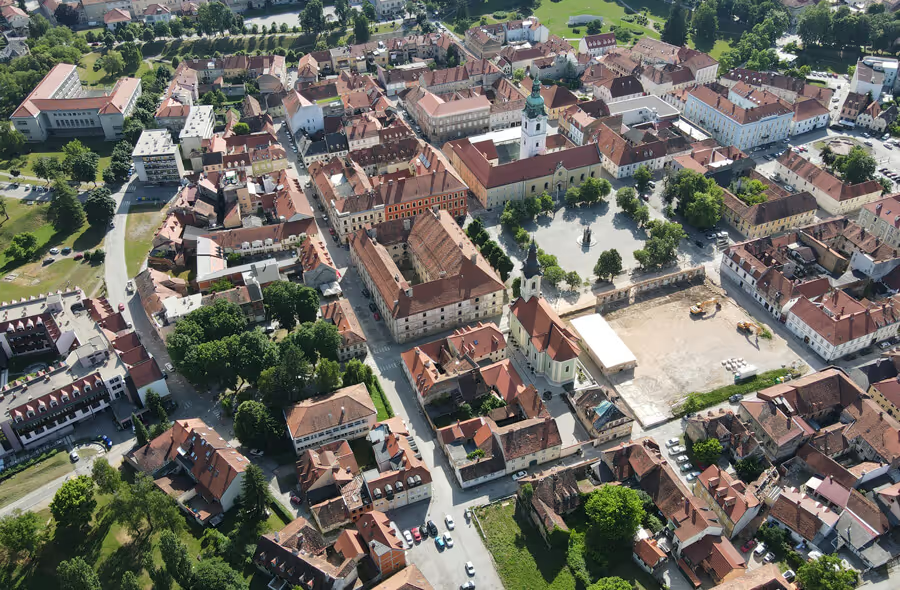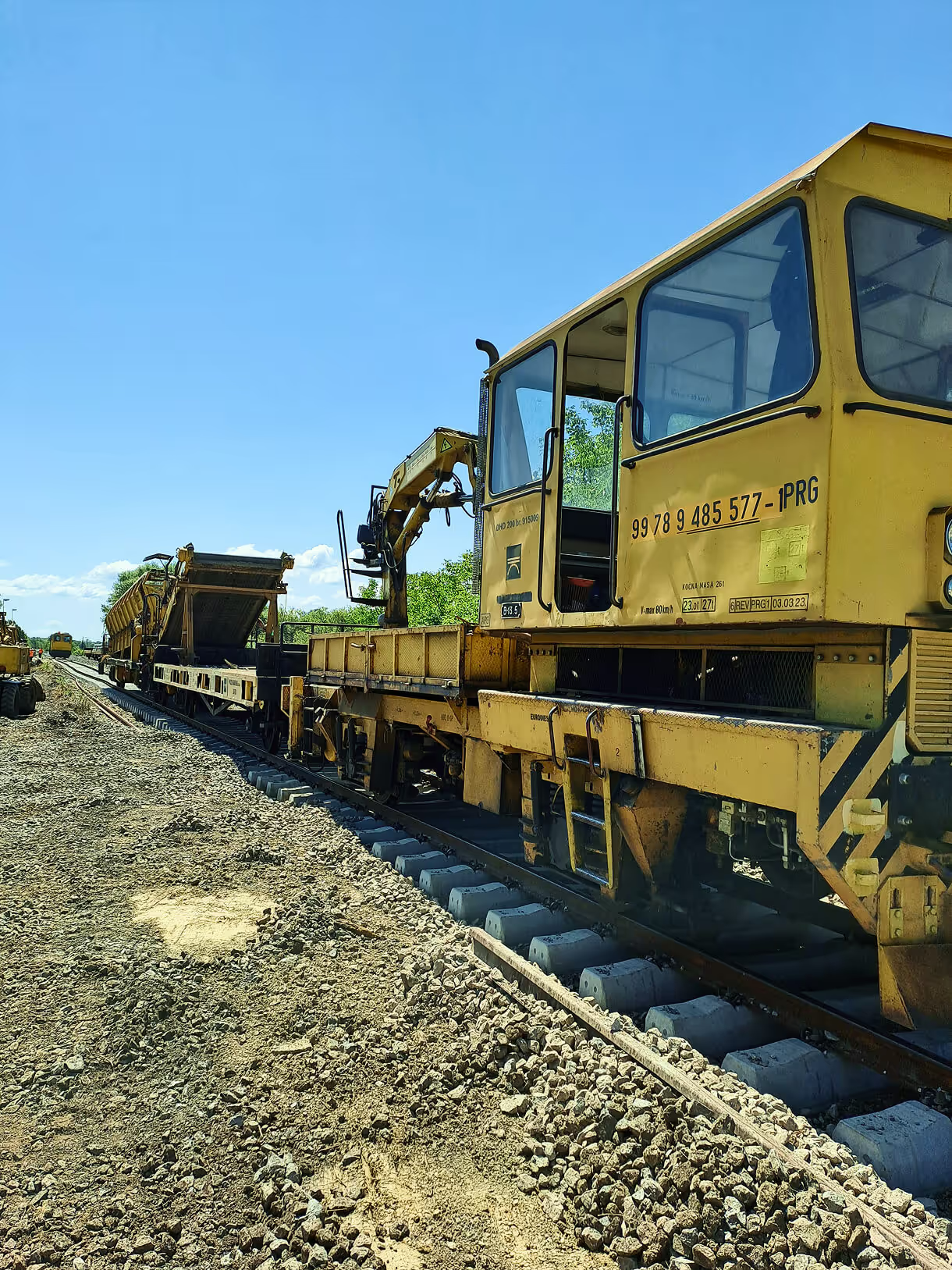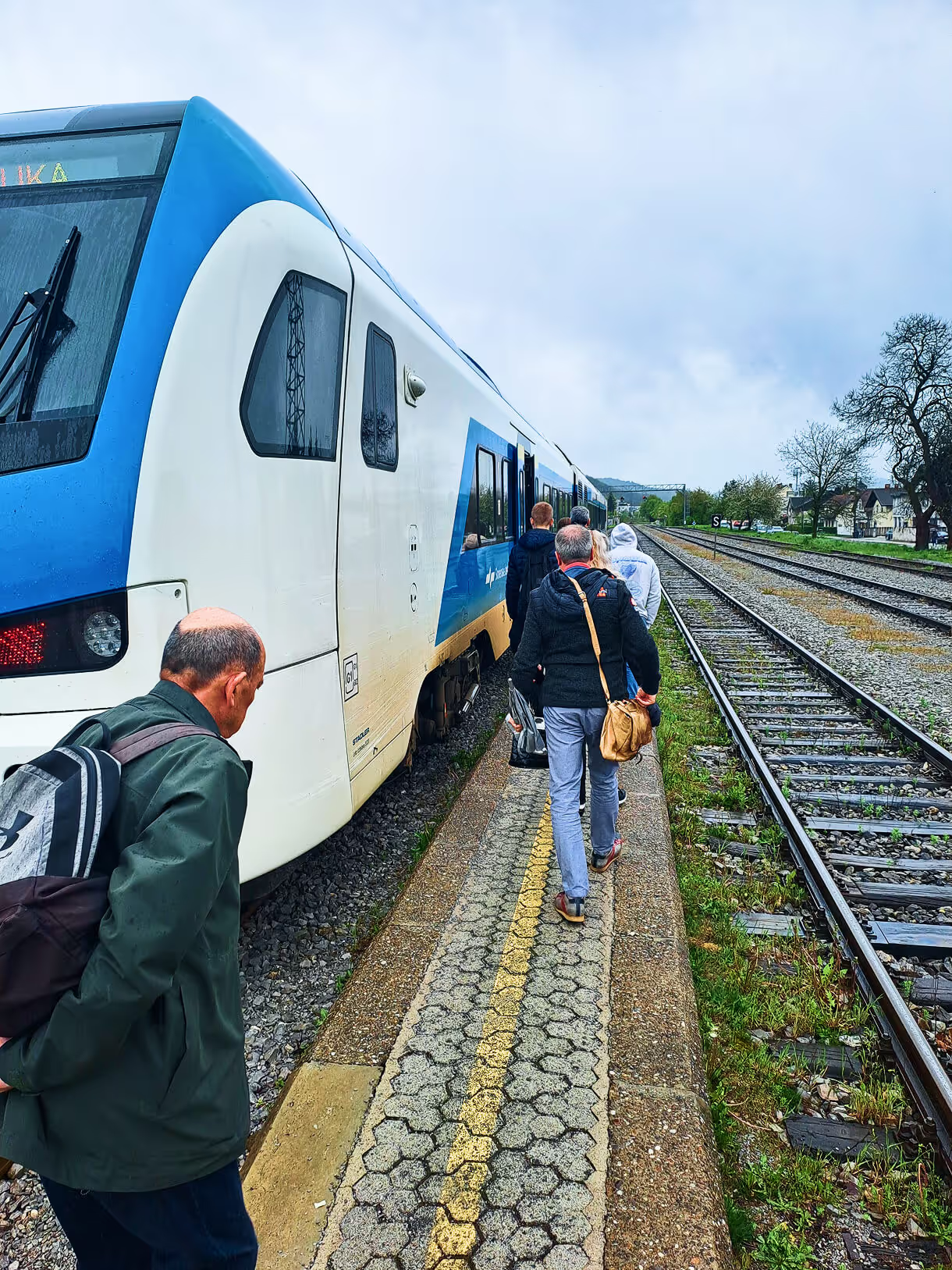future paths
- Promoting cross-border cooperation between Slovenia and Croatia
- Development of infrastructure for civilian and defense purposes
- Supporting the development of border problem areas and attracting new investments
- Development of multimodal solutions for passenger and freight transport
- Promoting the use and benefits of public transportation
- Stimulating local economy and tourism through joint initiatives
- Encouraging green mobility and sustainable infrastructure planning
- Cooperating in spatial planning and integration of railway infrastructure
Association’s primary purpose
Members of the Association

The Municipality of Škofljica (12,124 inhabitants) is situated on the southern edge of Ljubljansko barje, in a beautiful setting, immediately adjacent to the southern edge of the capital, Ljubljana. Owing to its location, it is among the more rapidly growing Slovenian municipalities, developing as a popular suburb with favourable transport connections to Ljubljana.

The Municipality of Grosuplje (22,050 inhabitants) lies southeast of Ljubljana and is an important economic and transport hub undergoing intensive development. Proximity to the capital and good motorway connections are helping the municipality to grow rapidly. In addition to the urban core, it comprises numerous settlements with a rich cultural and historical heritage (Turjak, Županova jama). The economy is based on industry, services, and local entrepreneurship. The municipality invests substantially in infrastructure, education, and a well-maintained environment.

The Municipality of Ivančna Gorica (18,267 inhabitants) lies on the edge of the Ljubljana Urban Region, along the Ljubljana–Novo mesto motorway and railway line, which affords it an excellent transport location. It is known for Stična Abbey, the oldest in Slovenia, as well as for its diverse natural and cultural attractions. The economically developed municipality is home to numerous companies, such as Akrapovič, Livar, and others.

The Municipality of Trebnje (13,695 inhabitants) is an important economic centre of Dolenjska (Lower Carniola). The municipality is known for its developed industry (Trimo, REM, Bartog, etc.). A railway junction located within the municipality connects the Dolenjska railway line with the Zidani Most–Dobova line. The municipality comprises numerous rural settlements and invests in the development of infrastructure, education, and the local community.

The Municipality of Mirna Peč (3,203 inhabitants) is a smaller, rural municipality in the heart of Dolenjska (Lower Carniola), known as the birthplace of the poet Tone Pavček. The area is characterised by a hilly landscape, rich cultural heritage, and a strong local community. The economy is based on agriculture, crafts, and family businesses, and the municipality is developing one of the largest economic zones in the country, located between the Ljubljana–Novo mesto motorway and railway line.

The Municipality of Novo mesto (38,669 inhabitants) is the regional, economic, educational, and cultural centre of Dolenjska (Lower Carniola). It lies picturesquely on the Krka River and has a rich history. Today, it is known for the automotive industry (Revoz, Adria Mobil), pharmaceuticals (Krka), tourism, and a well-developed entrepreneurial sector. The city has the largest school centre in the country, a well-maintained urban environment, and a vibrant cultural and sports scene. It combines the dynamism of a modern city with the Dolenjska identity and nature.

The Municipality of Semič (3,816 inhabitants) lies in Bela krajina (White Carniola), surrounded by forests, vineyards, and a distinctive karst landscape. The municipality is known for their own flatbread (belokranjska pogača), its wine culture, and ethnological heritage. The economy is based on small enterprises, agriculture, and tourism, which is developing around natural and cultural attractions. The community is cohesive and proud of its identity, with a strong emphasis on preserving tradition and environmentally sustainable development.

The Municipality of Črnomelj (14,236 inhabitants) is the largest municipality in Bela krajina and its economic, administrative, and cultural centre. It lies along the Lahinja River and is known for its rich history, heritage, and events that preserve the Bela krajina tradition. The municipality promotes the development of the economy and rural areas. In recent years, it has been intensively developing the Kanižarica business zone.

The Municipality of Metlika (8,572 inhabitants) is a historic town in Bela krajina, known for its picturesque old town centre and rich winemaking tradition. It lies along the Kolpa River and borders Croatia, which gives it an important role in cross-border cooperation and tourism. The economy is based on agriculture, crafts, and services, and the largest company in the municipality is Kolpa, a world-renowned manufacturer of bathroom equipment. The municipality actively develops cultural and natural attractions and promotes sustainable development.

Municipality of Žakanje (2,159 inhabitants) lies on the Kolpa River on the border with Slovenia, northwest of Karlovac. It comprises several smaller villages, with the settlement of Žakanje as the centre. A state road and the Karlovac–Novo mesto–Ljubljana railway line run through the municipality. The economy is based on agriculture, livestock farming, and small-scale entrepreneurship, while tourism and river-based recreation are also developing. The area preserves a rich cultural heritage and strengthens cooperation with municipalities across the border.
Municipality of Kamanje (827 inhabitants) is a small municipality in Karlovac County, right on the border with Slovenia, on the Kupa River. It includes several smaller villages and has around 850 inhabitants. It is known for the Vrlovka karst cave, viticulture, and rich natural heritage. The economy is based on agriculture, local entrepreneurship, and tourism, and the municipality is actively developing through investments in infrastructure, environmental protection, and cross-border cooperation.
Municipality of Ozalj (5,837 inhabitants) is located in Karlovac County on the Kolpa/Kupa River, near the border with Slovenia. It is known for the picturesque Ozalj Castle overlooking the river and for its rich history connected with the noble families of the Frankopans and the Zrinskis. The municipality encompasses several settlements, and the population is primarily engaged in agriculture, viticulture, and local entrepreneurship. Ozalj is also developing tourism, preserving cultural heritage, and actively participating in cross-border projects.
City of Karlovac (49,377 inhabitants) lies in central Croatia and is known for its distinctive urban design and its location on four rivers—the Kupa, Korana, Mrežnica, and Dobra. It is an important transport, economic, and tourist hub, with an emphasis on industry, culture, rivers, and events. Notable attractions include the old town centre, the Aquatika freshwater aquarium, and Dubovac Castle. It is a key railway junction where the Ljubljana–Novo mesto–Karlovac line connects to the TEN-T network, i.e., the railway linking the Croatian coast with Zagreb.

Razvojni center Novo mesto is the central regional development institution whose mission is to create a supportive environment for the growth of entrepreneurship, the creation of high-quality jobs, and the sustainable development of local communities. The organisation’s purpose is to promote entrepreneurship and comprehensive regional development, thereby laying solid foundations for the future. In its work, it adheres to the values of excellence, creativity, cooperation, efficiency, and responsiveness, which guide the organisation both in achieving its objectives and in its everyday operations.

Slovenske železnice (SŽ) is the national railway company in Slovenia, operating passenger and freight services and maintaining the railway infrastructure. The company has a long tradition, as rail transport in Slovenia has been developing since the second half of the 19th century. Today, SŽ provides connections throughout Slovenia and, via international lines, links numerous countries. In recent years, the company has accelerated investment in the modernisation of its rolling stock, service improvements, and digitalisation, with the aim of enhancing the quality and competitiveness of rail transport.

HŽ Infrastruktura is a company of strategic importance that manages the railway infrastructure in the Republic of Croatia. It is responsible for the organisation and regulation of rail traffic, for ensuring access to the railway infrastructure, and for its use by all railway undertakings that meet the conditions laid down by the Railways Act. In addition, it organises transport for its own needs, maintains and modernises the railway infrastructure, ensures its protection, and implements investments in the construction of railway infrastructure.
News
Read the latest news from the European Grouping of Territorial Cooperation
History
History
Become a partner of the Paths of the Future
8000 Novo mesto
Slovenija


.avif)






